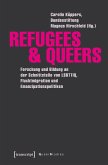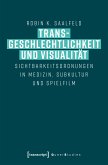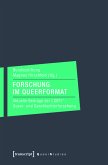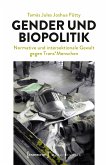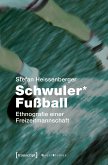How do white queer people portray our own whiteness? Can we, in the stories we tell about ourselves, face the uncomfortable fact that, while queer, we might still be racist? If we cannot, what does that say about us as potential allies in intersectional struggles? A careful analysis of Dykes To Watch Out For and Stuck Rubber Baby by queer comic icons Alison Bechdel and Howard Cruse traces the intersections of queerness and racism in the neglected medium of queer comics, while a close reading of Jaime Cortez's striking graphic novel Sexile/Sexilio offers glimpses of the complexities and difficult truths that lie beyond the limits of the white queer imaginary.


